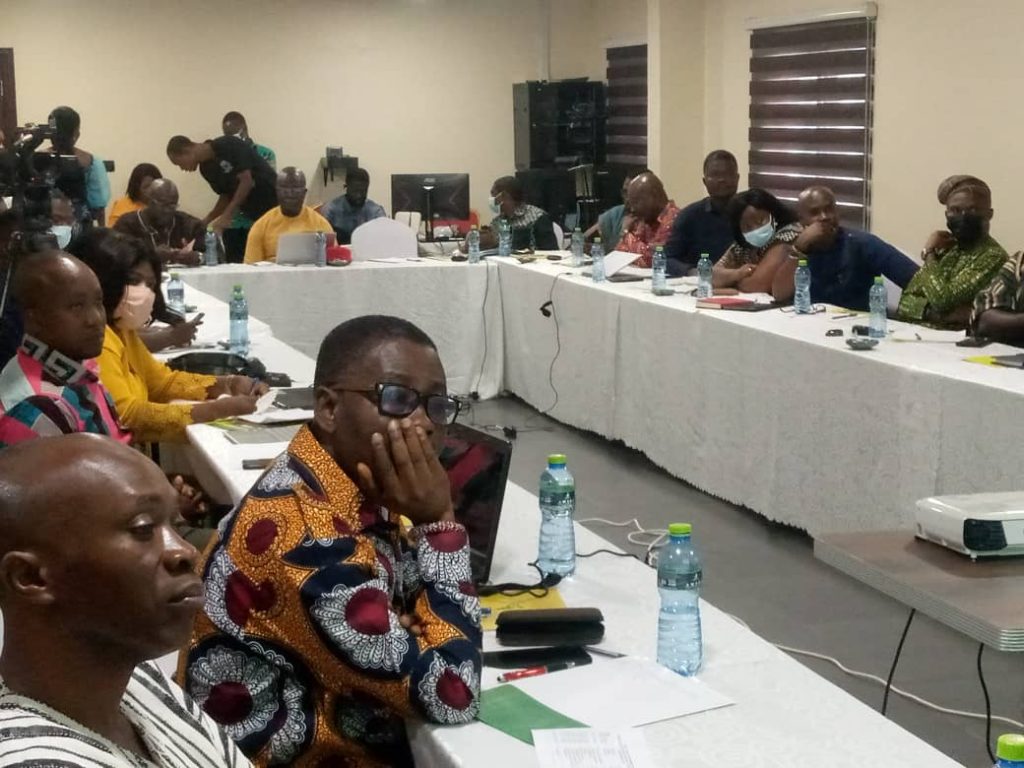By Patrick Ofoe Nudzi/Grace Ampomaa
Accra, Aug. 16, GNA- A survey conducted in communities where development projects and interventions have taken place at tourist sites revealed that 85 per cent of residents are satisfied with the interventions.
The survey, which focused mainly on citizens and tourists’ satisfaction, was conducted at 25 sites in eleven regions that benefited from the Ghana Tourism Development Project.
This was revealed during a report validation on the Tourist and Citizen Satisfaction Survey held in Accra by the Ghana Tourism Development Project (GTDP) of the Ministry of Tourism, Arts and Culture (MOTAC).
The project is a World Bank sponsored initiative at the cost of US $ 40 million to help improve the performance of tourism in targeted destinations in Ghana.
It is an International Development Association (IDA) credit facility that has a 30-year maturity life span and a five-year grace period.
In the survey, residents said completed sites had fostered improvements in environmental conditions and created opportunities for economic improvements for the locals.
Responding to the gains derived from the development project, they said among other things that their waste management had improved, there had been creation of jobs for the local people and increased festive activities boosting local tourism.

The Communities Satisfaction Survey (CSS) explored residents’ satisfaction regarding the project’s contribution to the public good such as community development, improvement in environmental and socio-economic conditions.
Tourists Satisfaction Survey (TSS) are used to determine the objectives, results, and analysis of the Survey.
The CSS explored residents’ satisfaction by focusing on the project’s contributions to the public good such as community development, improvement in environmental and socio-economic conditions in the host communities.
It also explored the perspectives and perceptions on the project’s sustainability and viability, its expectations, and recommendations.
The Tourists Satisfaction Survey analysed the demographic characteristics of tourists, assessed their length of stay at destinations and the quality of service. It also explored the tourist experience and satisfaction levels.
Under the TSS, 65 per cent of domestic visitors were satisfied whereas 82 per cent of international visitors were satisfied.
The survey also revealed that quality restaurant services, standard of washrooms and road accessibility were rated low by the tourists whilst knowledgeability of tour guides was rated very high.
It was concluded that the likelihood of all visitors repeating their visits to the destinations stood at 51 per cent.
The survey recommended that proper facilities (accommodation, eatery, camping, souvenirs) be made available at tourist sites and necessary steps taken to ensure such projects that were stalled were completed without further delays.
It said community members should be involved, particularly the youth, whilst providing skill training for staff at tourist sites.
Aggressive marketing strategies were also recommended to drive needed tourism traffic destinations.
GNA